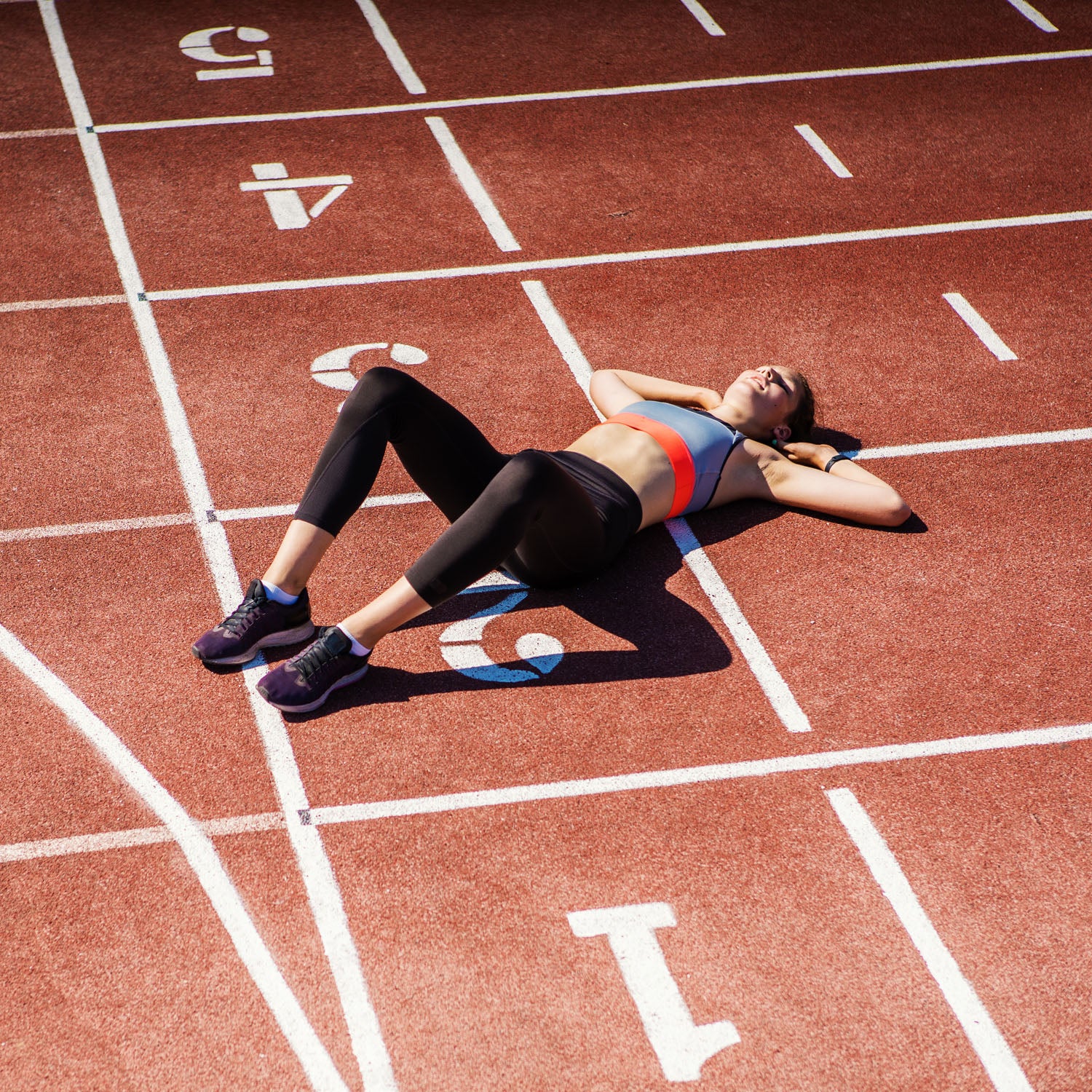It’s critical to get your sleep and recovery right if you want to perform at your best. The good news is that there are a lot of ways to measure how your body is recovering.
A good way to think about recovery is that without it, you won’t get any fitter.
Improvements are made when the adaptation process is happening in your body after a hard workout, not actually during the hard workout. That’s why it’s so important to get enough sleep and rest.
The best athletes in the world are dedicated to relaxing in between sessions almost as much as they are dedicated to their training.
While the need for a balanced lifestyle means not everything can revolve around training and recovery, it is important to take downtime seriously if you want to avoid burnout.
Luckily, there are modern as well as traditional ways of making sure you’re getting it right. Here, Built for Athletes takes a look at four steps you can take to measure your sleep and recovery.
How You Feel
It sounds simple because it is, but listening to your body is the best way to know if you’re not recovering properly. It’s normal to feel groggy first thing in the morning, but if you are waking up feeling tired and going to bed feeling more tired, you’re likely overtraining. You can’t beat your own intuition, and if you’re feeling sluggish and unhappy then you need to reconsider the balance of your routine.
How Much Deep Sleep You Had
It’s easy to get devices that not only measure how much sleep you’ve had, but what type of sleep. Most physical repair in the body happens during deep sleep, or phase three. That makes it a critical stage for athletes who need adaptations to happen while resting at night.
How Often You Wake In The Night
Most people will wake up two or three times on average each night. But if you’re waking up regularly and struggling to get back to sleep most nights, this can become a problem. It could mean that you are overtired from training or overstressed from other life pressures.
Resting Heart Rate
Almost all athletes have a wrist device to measure their heart rate throughout the day, and if you don’t you can pick one up on the cheap very easily. You can use it to track when your resting heart rate is higher than normal, or if it doesn’t come back down to a normal number after a session. This can prompt you to delay your next workout and focus on recovery rather than risk injury or illness by pushing your body too far.


Share:
Natural Cannabis-Like Substances Help Fight Inflammation After You Exercise
3 Breathing Exercises To Decrease Stress & Boost Recovery